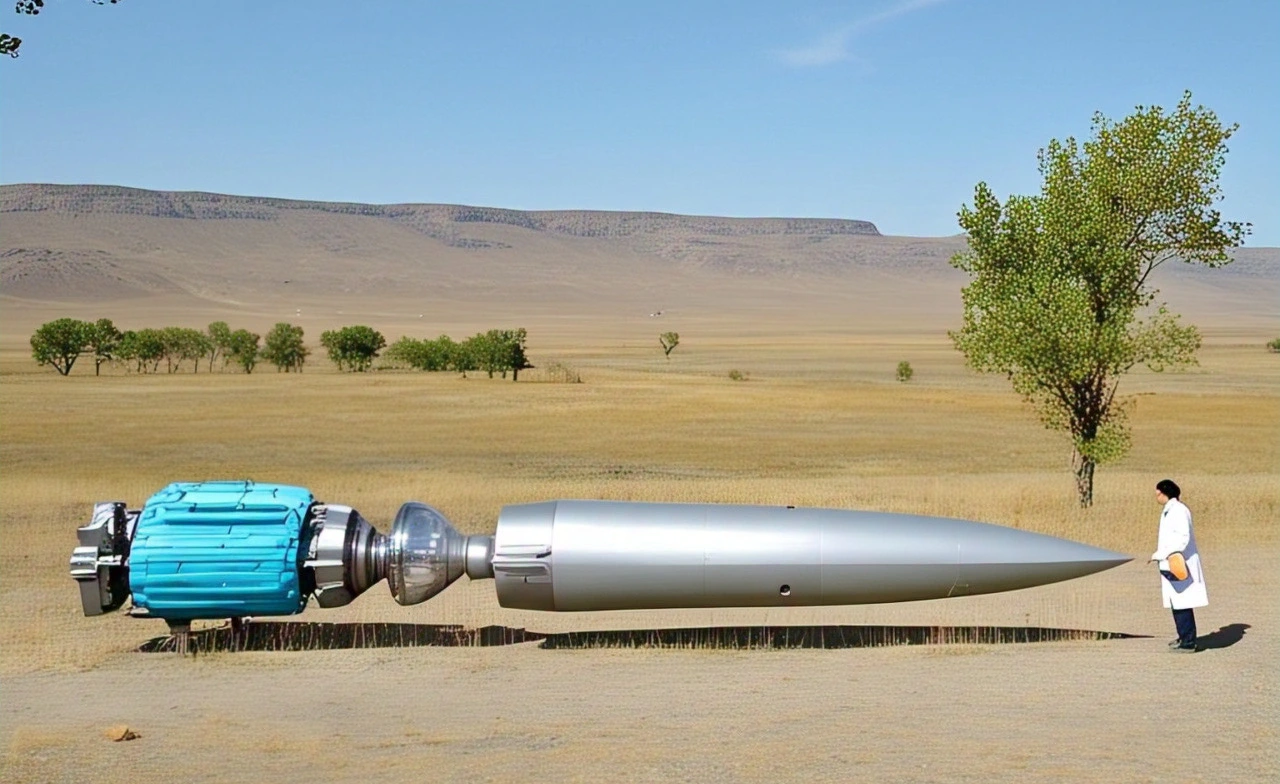Inertial vs Non-Inertial Frames of Reference
When studying physics, the concept of frames of reference is crucial for understanding motion. There are two main types: inertial and non-inertial frames. Let’s break them down with simple examples.

What is a Frame of Reference?
A frame of reference is simply a coordinate system used to measure and observe motion. It’s like choosing a viewpoint to describe where and how things are moving.
Inertial Frame of Reference
An inertial frame is one that is either:
- At rest, or
- Moving at constant velocity (no acceleration)
Key property: Newton’s laws of motion hold true exactly as stated.
Simple Example: A Parked Car
Imagine you’re sitting in a car parked on a flat road:
- If you place a ball on the dashboard, it stays put
- No mysterious forces appear
- This is an inertial frame
Another example: A train moving at perfectly constant speed in a straight line. Inside the train, physics behaves normally just like if you were standing still on the ground.
Non-Inertial Frame of Reference
A non-inertial frame is one that is accelerating (either changing speed or direction). In these frames:
- Objects appear to experience “fictitious forces”
- Newton’s laws don’t seem to work unless we add these extra forces
Simple Example: Accelerating Car
Now imagine the car starts moving forward:
- That ball on the dashboard suddenly rolls backward (from your perspective)
- But no actual force pushed it - the car accelerated forward while the ball tried to stay in place (inertia)
- From the accelerating frame, it seems like a mysterious “force” pushed the ball backward
This apparent force is called a fictitious force (in this case specifically, the inertial force).
Common Non-Inertial Examples
- Turning car: When your car turns left, you feel “pushed” to the right against the door
- Spinning merry-go-round: From the rotating frame, objects appear to be flung outward
- Earth’s rotation: While Earth is technically a non-inertial frame (because it rotates), the effects are small enough that we often approximate it as inertial
Why Does This Matter?
Understanding these frames is essential for:
- Correctly analyzing motion problems
- Explaining everyday phenomena (like why you lean in turns)
- Advanced physics like general relativity
- Engineering applications (vehicle design, spacecraft navigation)
Key Takeaways
- Inertial frame: No acceleration, physics is simple
- Non-inertial frame: Accelerating, need to account for extra apparent forces
- The same motion looks different in different frames
- All inertial frames are equivalent for the laws of physics
Next time you’re in a car or amusement park ride, observe how motion appears different depending on your frame of reference!